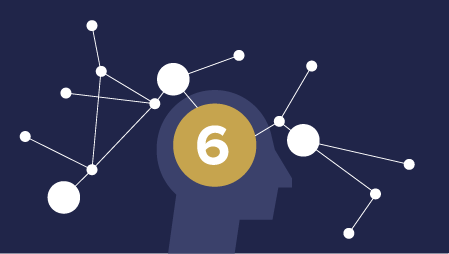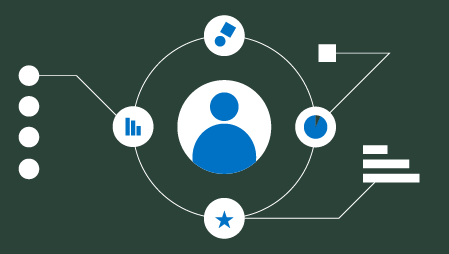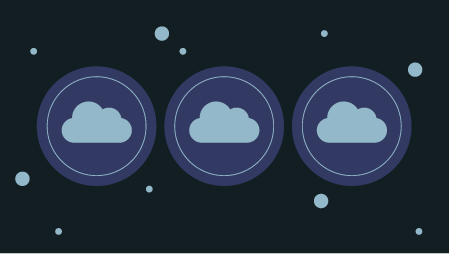Ready to learn Data Science? Browse courses like Data Science Training and Certification developed by industry thought leaders and Experfy in Harvard Innovation Lab.
If you know where the phrase “Mind the Gap” comes from, you may have a fondness for the London Underground, also known as the Underground or the Tube. Some areas of the Underground have unsafe gaps between the train and the platform, a safety hazard for harried passengers getting on and off. Drivers and station attendants used to warn passengers in person, but in the 1960s, the prerecorded phrase “Mind the Gap!” was introduced. The phrase took off and is used in subway stations all over the world.
While we’re not so concerned with train gaps here, we are concerned with process gaps found in document process automation and financial process automation.
Mind Your Financial Process Automation Gaps
In a typical digital transformation scenario, such as automating end-to-end financial processes across Procure to Pay, Order to Cash and Record to Report cycles, a majority of processes—anywhere from 50 to 90 percent—can be automated with capture and workflow automation solutions.
However, we continue to find gaps in automated processes where there are activities and tasks between systems, such as keying and re-keying information from one application to another, logging into supplier portals to gather information, and manual updating of financial data or ERP applications from Excel spreadsheets.
After assessing end-to-end financial processes, no matter what level of business process automation you’ve achieved, you are likely to identify gaps in these processes where a ‘Minding the Gaps’ initiative should be considered.
Consider minding these gaps with robotic process automation (RPA), an intelligent digital workforce that can automate rote manual tasks like copy-and-paste, data-gathering and consolidation and data entry from one application to another. Below are the gaps where we’re seeing the highest-value opportunities to automate with robotics.
12 Innovative Ways to Mind Your Gaps with RPA
Procure to Pay Automation Gaps
Supplier onboarding: Many companies have invoice portals that streamline e-invoicing, but onboarding new suppliers is still a manual process. Launch a robot that vets new suppliers with a complete report on credit scores, tax data, etc.
Portal queries: Organizations often work with suppliers via portals that don’t have a well-defined integration. Rather than allocating a staff member to log in and out and copy and paste data, leverage a robot to connect to all of your portals and automatically gather or post information either at preset times or as part of a defined workflow.
Price comparisons: If you work with a number of suppliers to source a specific product with fluctuating prices, track changes and best pricing automatically with a robot. Robots can even sneak into the web code to extract catalog pricing.
Market intelligence: Vetting suppliers’ credentials on a periodic basis to ensure they meet your threshold is a highly manual task that’s easy to put off for another day. Charge a robot with this job, and it will deliver a full report on time, every time.
Contract terms: For some invoices, vendor contract data must be validated to ensure compliance with contract terms. Some organizations already have this function automated, but if not, mind that gap with a robot.
Quote to Cash Automation Gaps
Supplier pricing comparisons: When preparing a customer quote, comparing your suppliers’ prices is often a time-sensitive manual process. Let a robot gather that data and deliver it in record time.
Order exception processing: Sales orders often have stipulations such as holding the price for a number of days. A robot can automatically do a price check and verify the current price against the sales order.
Delivery reconciliation: Delivery notes are reconciled with purchase orders to validate orders against shipments. A robot can check and approve all matching orders and only notify a human when there’s an exception.
Customer onboarding and master data maintenance: As with suppliers in the procure-to-pay cycle, new customers must be vetted and onboarded and their data periodically validated and updated.
Record to Report Automation Gaps
Supporting financial close: The financial close and reporting process encompasses all of the tasks and processes—from closing out subledgers to creating and delivering financial filings to regulatory bodies—which involves many systems, departments and individuals. The process requires posting data from sources such as Excel to these subledgers, a tedious undertaking that RPA can mitigate.
Data extraction for accounting close: All over the business, departments and divisions record transactions in journals, which need to be consolidated and reconciled. A robot can gather and consolidate transactions and reconcile them in your ERP.
Data management: Aggregating and analyzing financial and operational performance is a business-critical function, but collecting, processing and delivering that information in a timely manner often feels like a sprint. A robot will take this job on and not only lighten the time-sensitive burden for employees gathering data, but also benefit executives who need information to gain insight into the business.
Learn how robotic process automation can help you mind the gaps in your financial processes: DownloadComplete the Productivity Picture in Finance: A Guide to Robotic Process Automation today.




